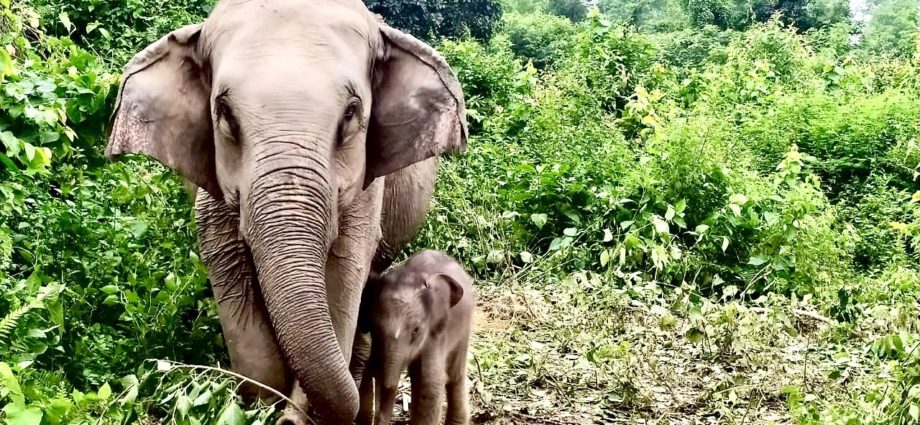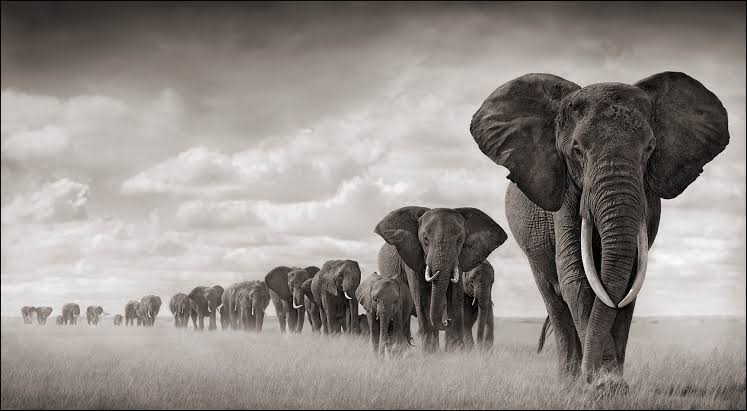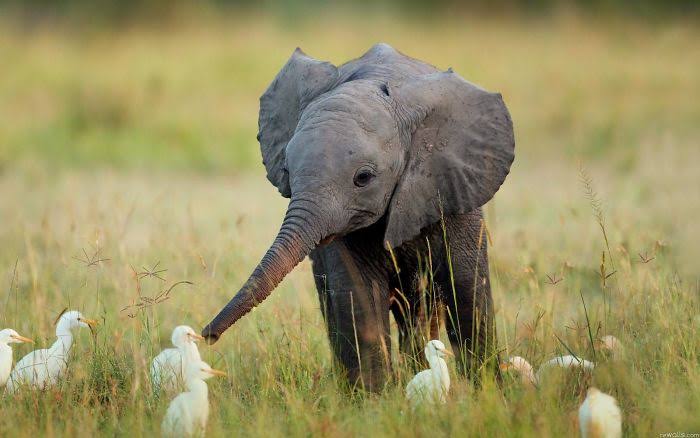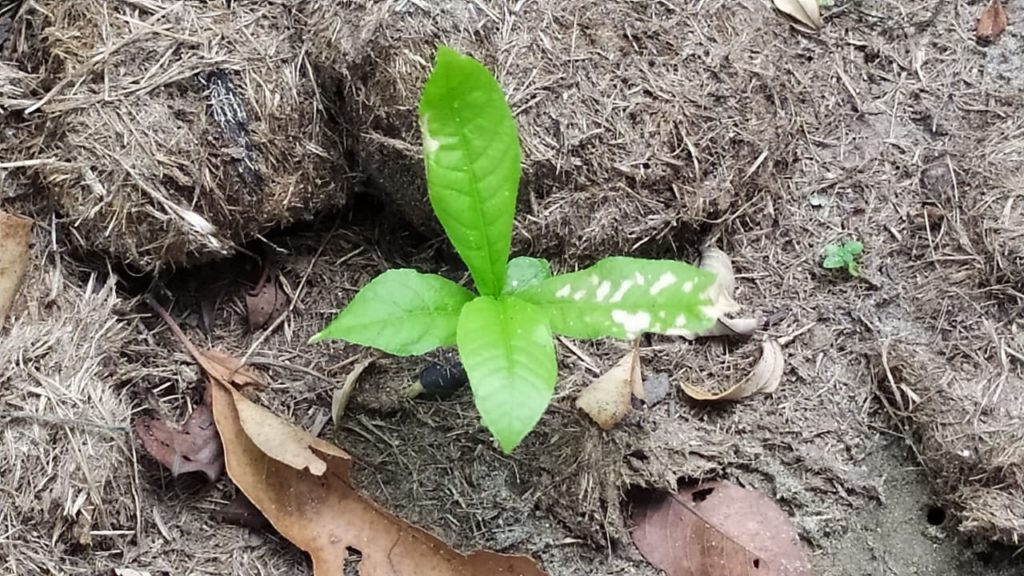World Elephant Day is celebrated globally on 12th August to raise awareness on the conservation of these magnificent animals. It was launched in 2012 by Patricia Sims partnered with a Thailand-based nonprofit Elephant Reintroduction Foundation, to highlight the urgent plight of Asian and African elephants. Over the years more than 100 elephant conservation organizations from around the world joined in for the cause.
Elephants are loved worldwide and the young ones are adorable. They are exceptionally intelligent creatures. Another interesting features about these giant creatures is that they follow matriarchy. They are being led and guided by the oldest and largest female of the herd.
Existence of animals is also important for environment. Unknowingly, their actions help the creation of habitat as well as help other animals in their survival.
Elephants dig water with their trunks during dry seasons. That’s how they survive and help other animals survive. They use their feet, trunks and tusks to create holes deep enough to tap into underground water sources.The other animals may not be able to do so. So the water holes dug by them provide water for the other animals during harsh climates.
When the jumbos move through the thick foliage of the forest, gaps are created in the vegetation. These gaps create pathways for other animals. to move through.
Elephants are huge animals with huge appetite. So they completely clean up the tall vegetation where they eat. And new plants can grow in these places for the not so tall animals.
Elephant dung is the great fertilizer as it is rich in nutrients. The very high fiber content in the dung helps to store water, making it an excellent germination bed for seeds.
Elephants are also one of the major ways in which trees disperse their seeds. Several plant species rely entirely upon elephants for seed dispersal. The dispersion eventually helps in creating new habitats.
There were few interesting points about elephants on World Elephant Day, compiled for you by Team Discover East.
(Feature photo image: Kaziranga National Park)




